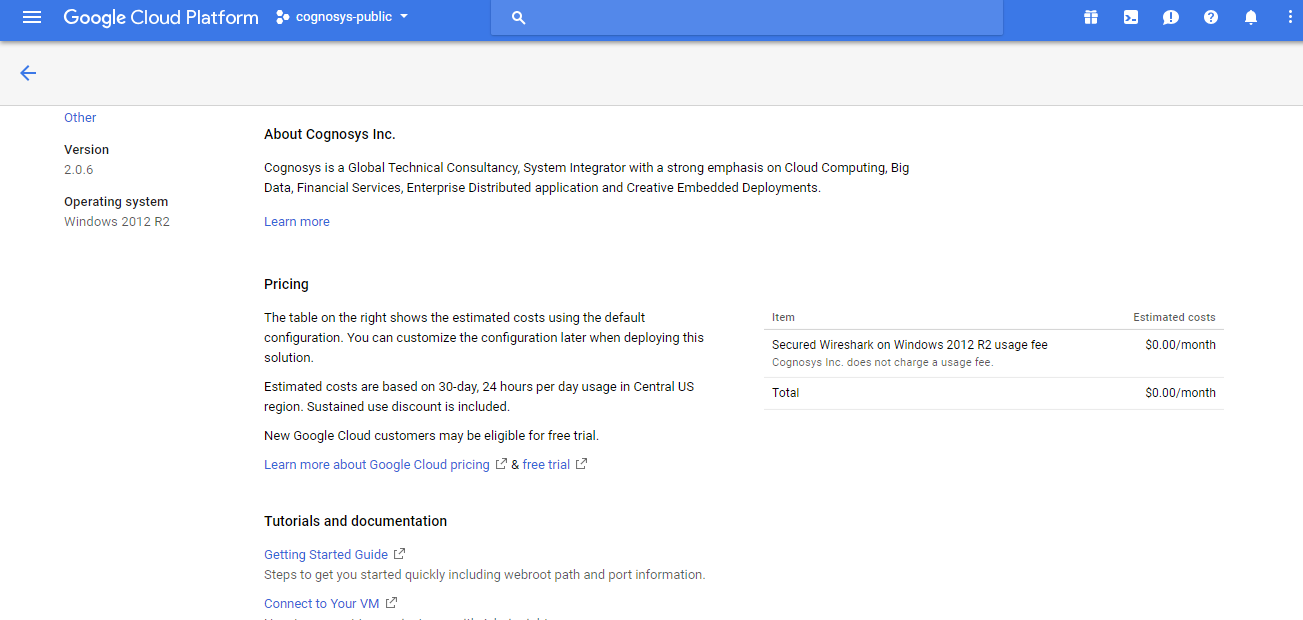

With the -T psml options, and parsing the resulting XML. Termshark generates the data by running tshark on the input Termshark's top-most view is a list of packets read from the capture (or interface). All termshark views support vim-style navigation with h, j, k and l along with regular cursor keys. To reset termshark to use its original relative sizes, hit ctrl-w =. You can also press, + and - to change the relative size of each view. Press | to move the hex view to the right-hand side: When focus is in any of these three views, hit the \ key to maximize that view: You can also use the mouse to move views by clicking with the left mouse button. Press tab or ctrl-w ctrl-w to move between the three packet views. Termshark will then reload the packets with the new display filter applied. When the filter widget is green, you can hit the "Apply" button to make its value take effect. As you type, termshark presents a drop-down menu with possible completions for the current term: If the expression is invalid, the filter widget will change color to red.

The UI will update in real-time to display the validity of the current expression. Now you can type in a Wireshark display filter expression. Issue a sleep in the pane for /dev/pts/10 so that no other process reads from the terminal while it is dedicated to termshark. $ termshark -r file.pcap -T psml -n | lessīy default, termshark will launch an ncurses-like application in your terminal window, but if your standard output is not a tty, termshark will simply defer to tshark and pass its options through: You can provide tshark-specific flags and they will be passed through to tshark (-n, -d, -T, etc). If -pass-thru is true (or auto, and stdout is not a tty), tshark will be executed with the supplied command-line flags. Arguments: FilterOrPcap: Filter (capture for iface, display for pcap), or pcap to read. (default: auto) -log-tty Log to the terminal. pass-thru= Run tshark instead (auto => if stdout is not a tty). C, -profile= Start with this configuration profile. t= Set the format of the packet timestamp printed in summary lines. D Print a list of the interfaces on which termshark can capture. Usage: termshark Application Options: -i= Interface(s) to read.

Analyze network traffic interactively from your terminal. $ termshark -h termshark v2.4.0 A wireshark-inspired terminal user interface for tshark.


 0 kommentar(er)
0 kommentar(er)
